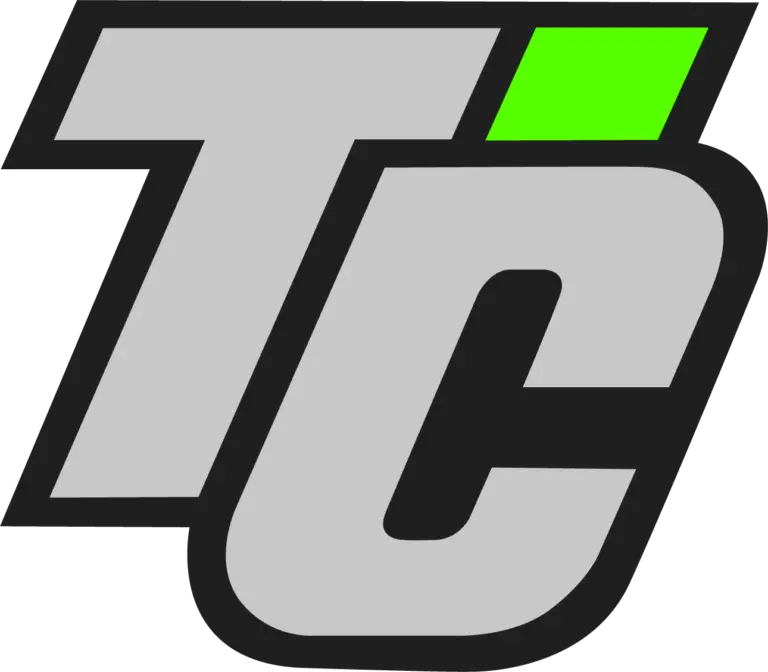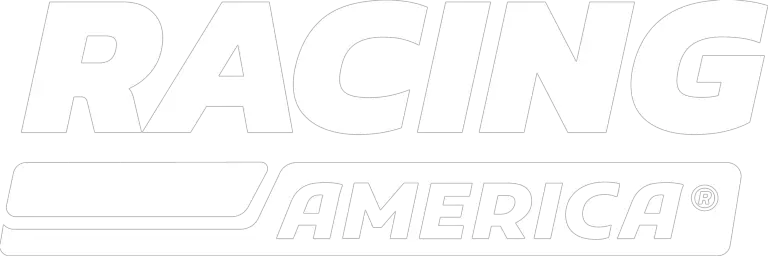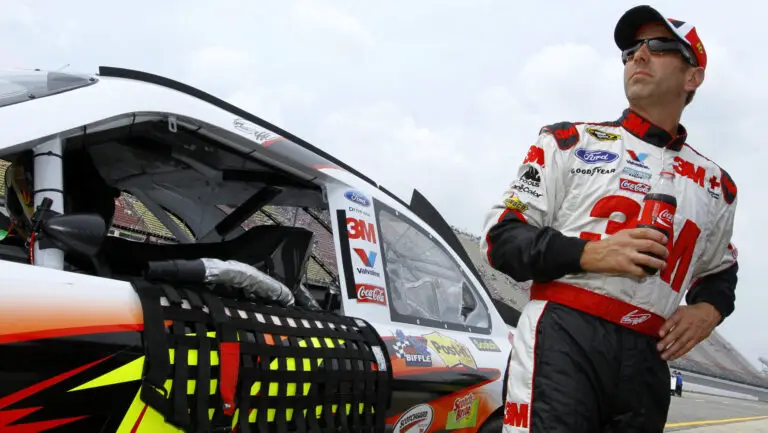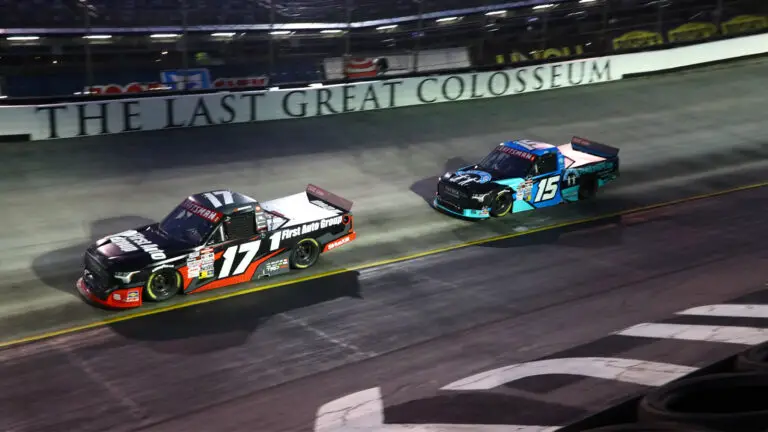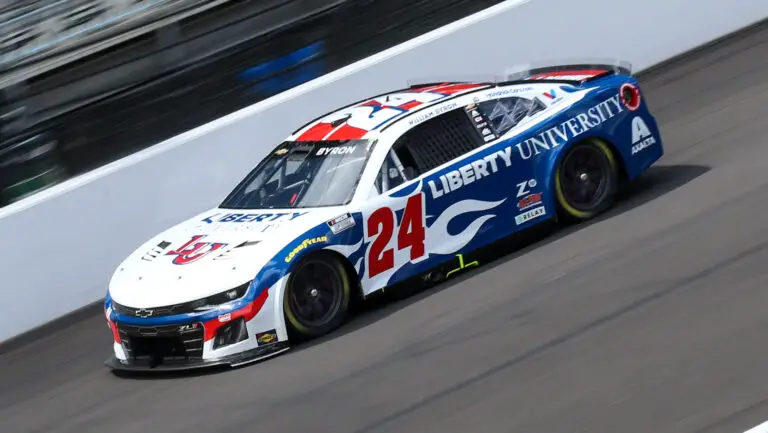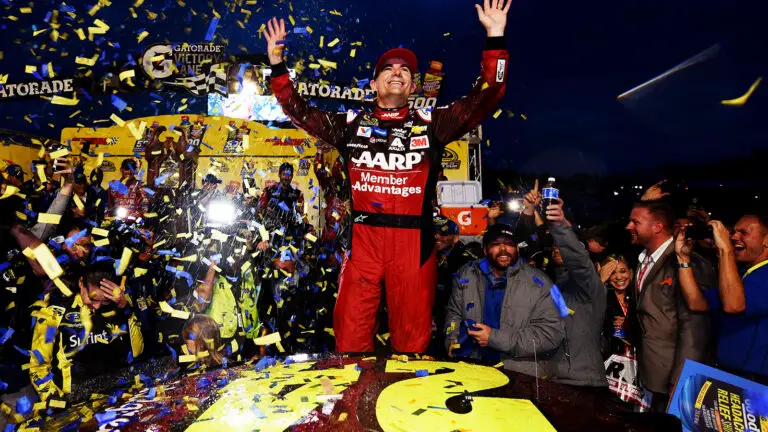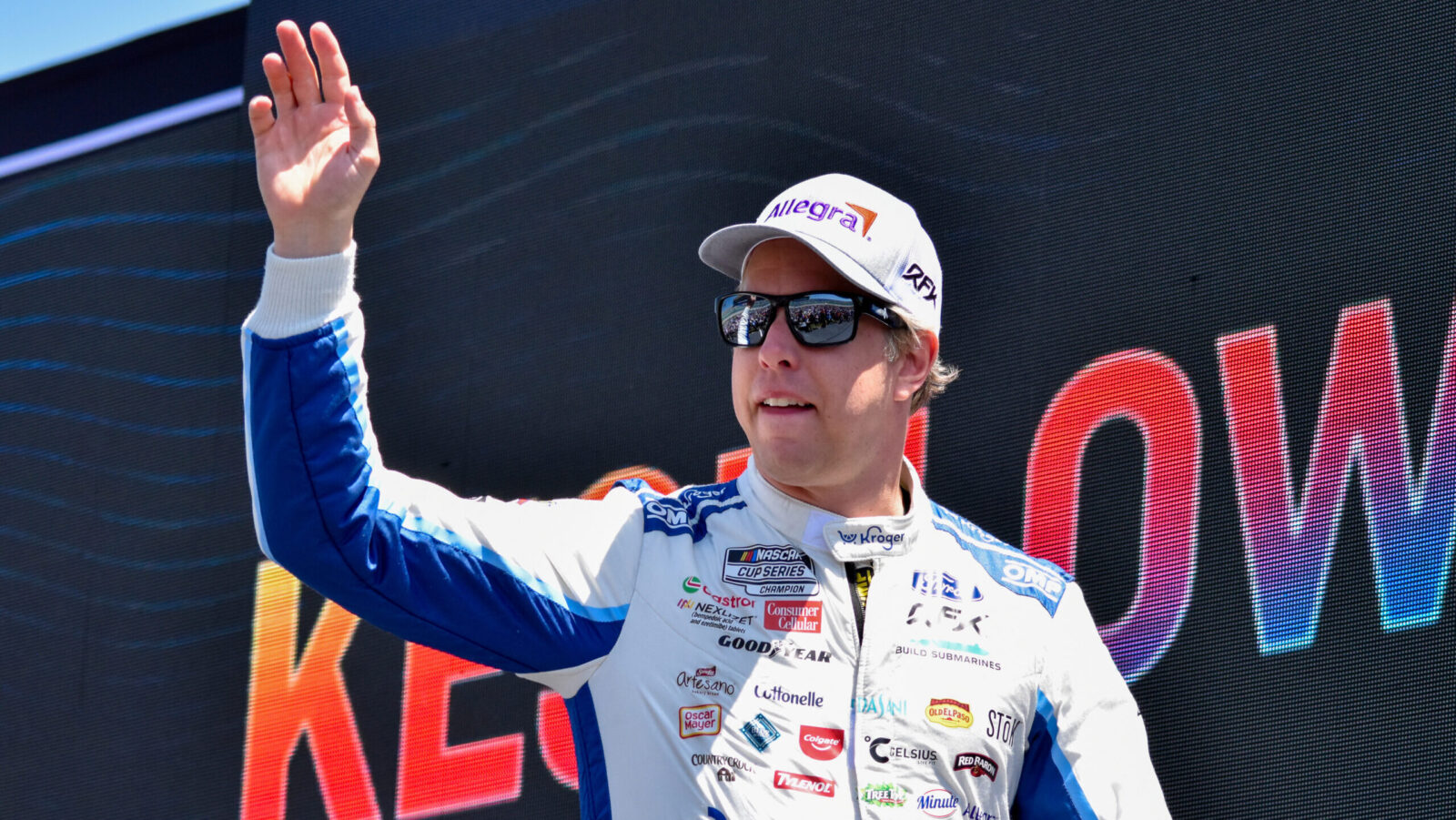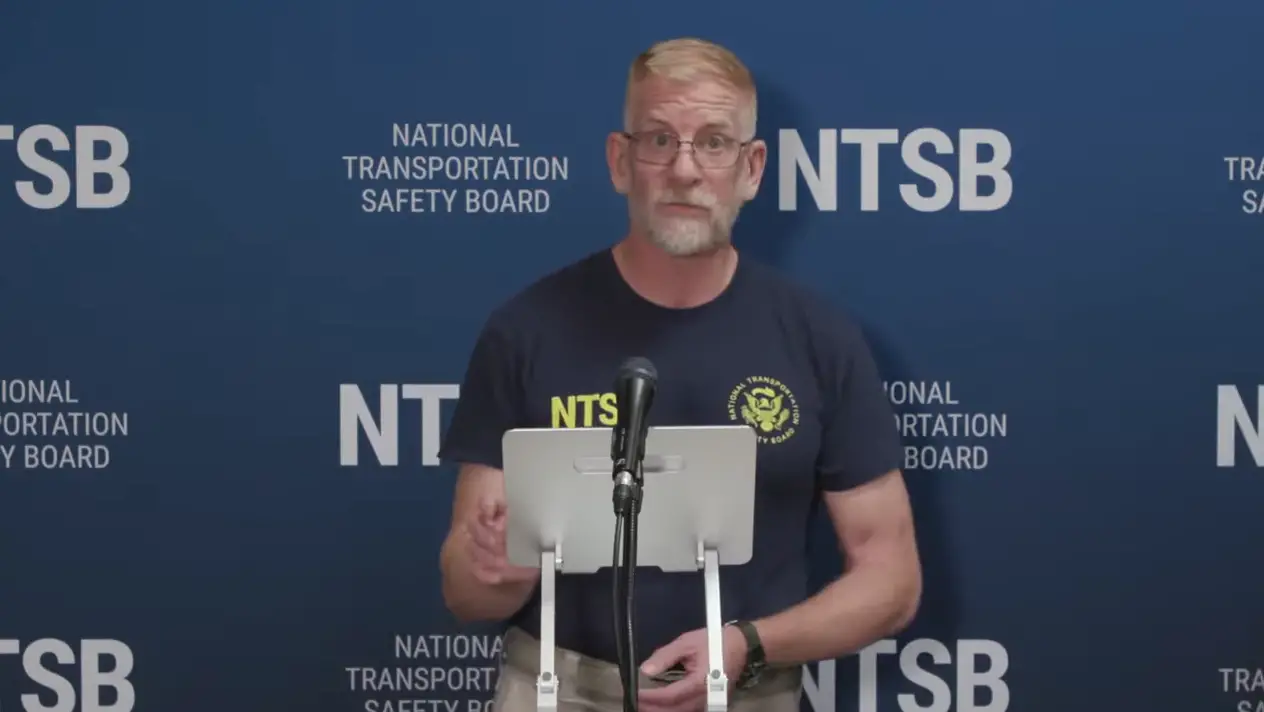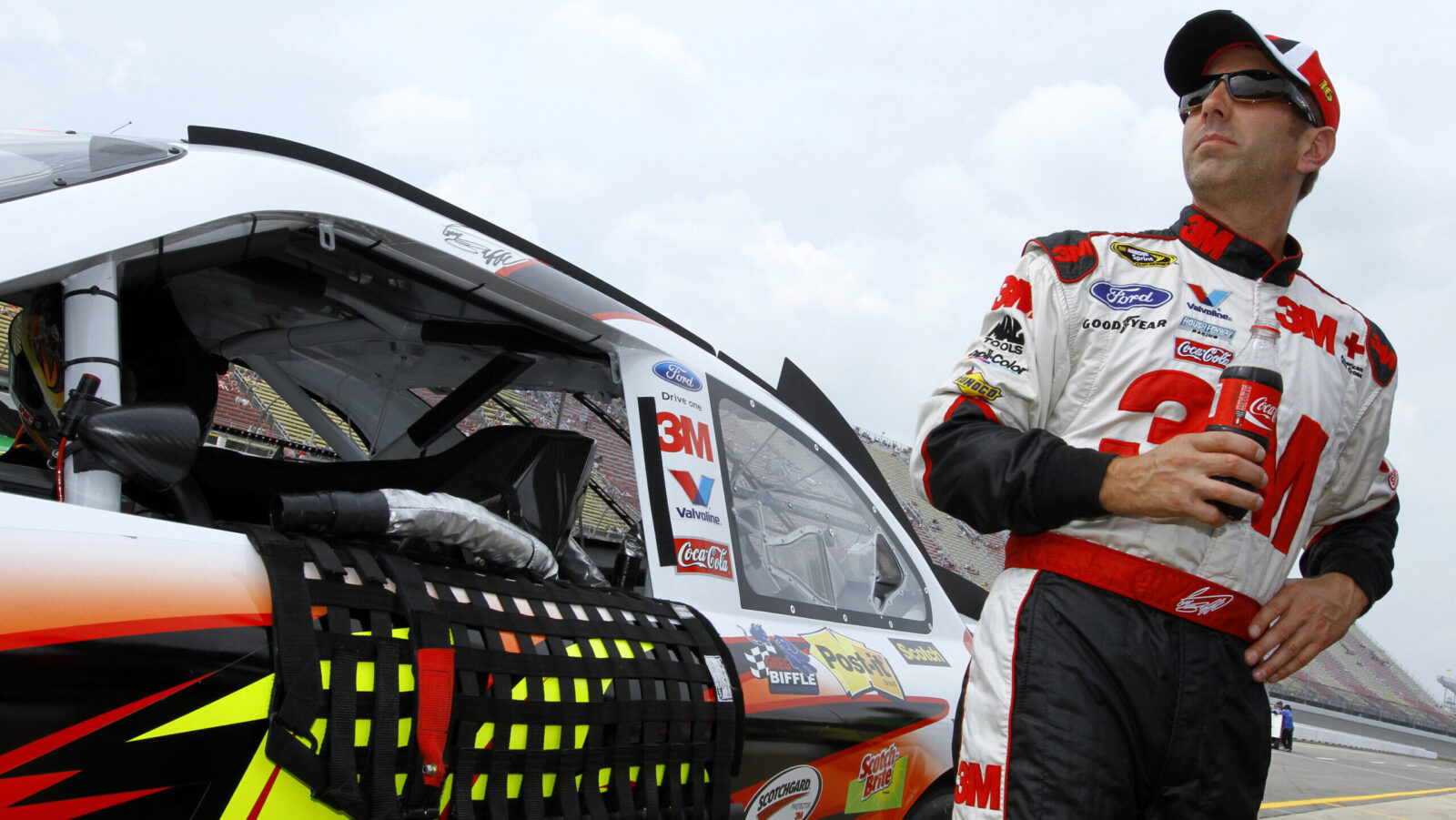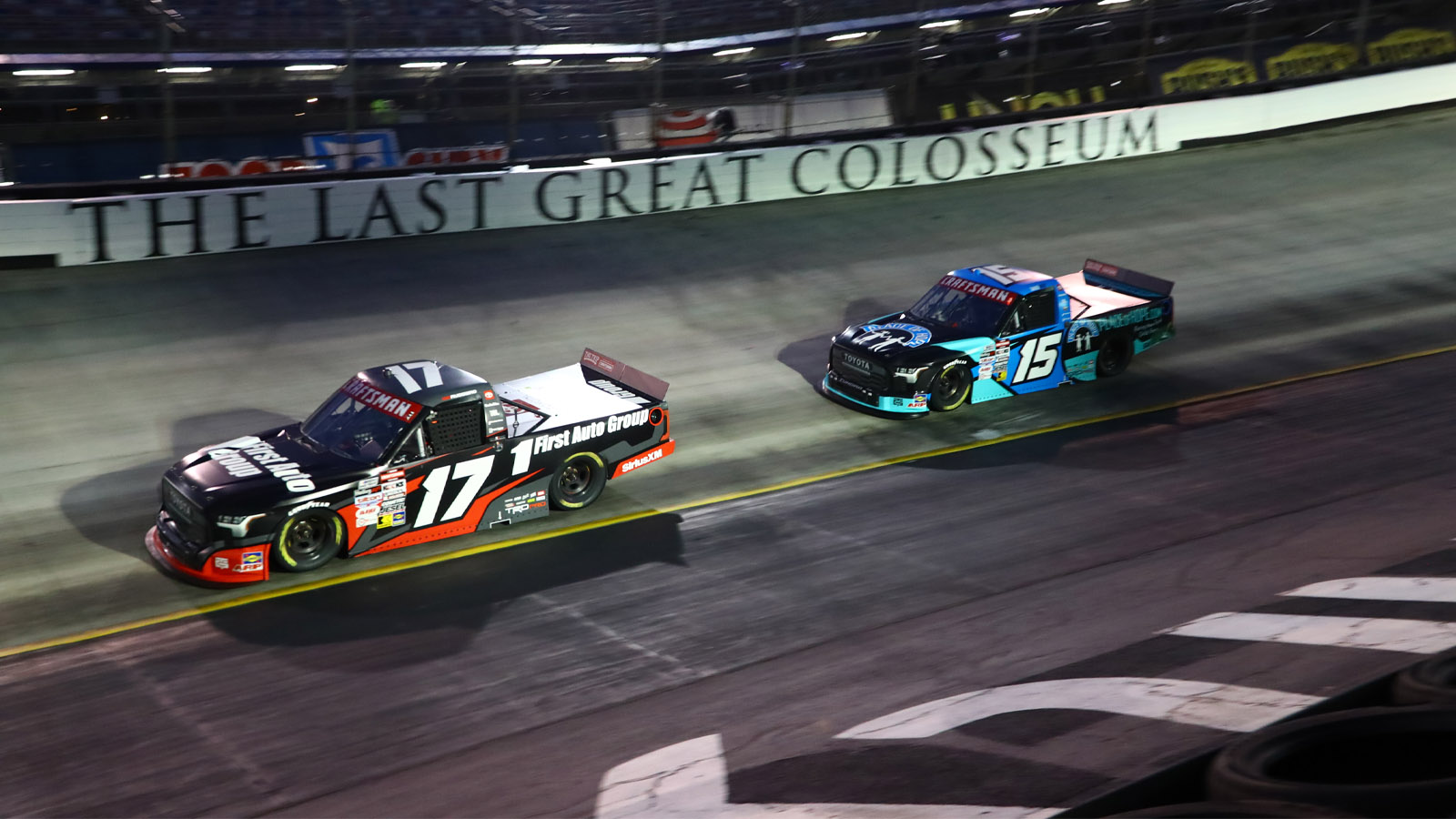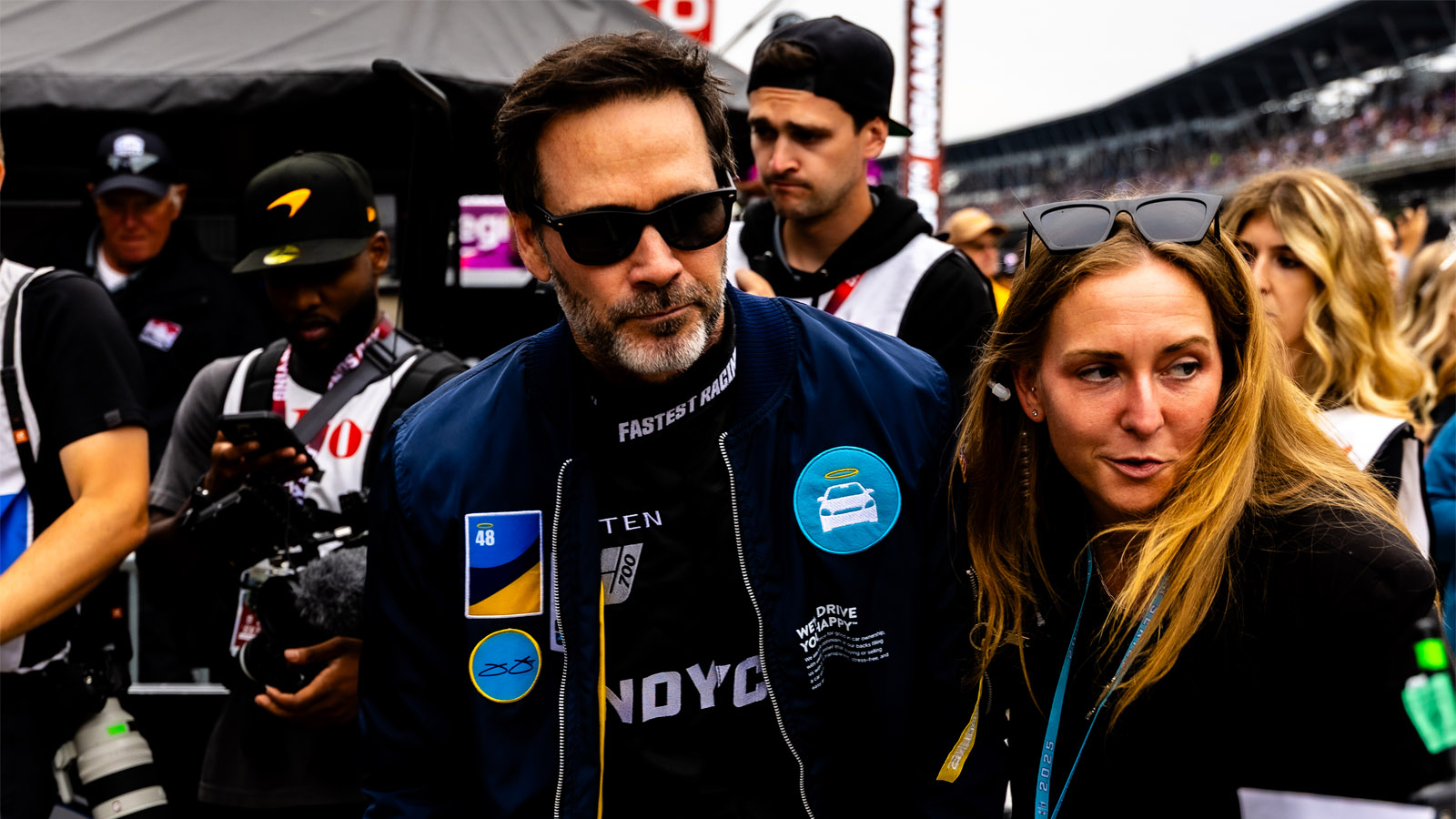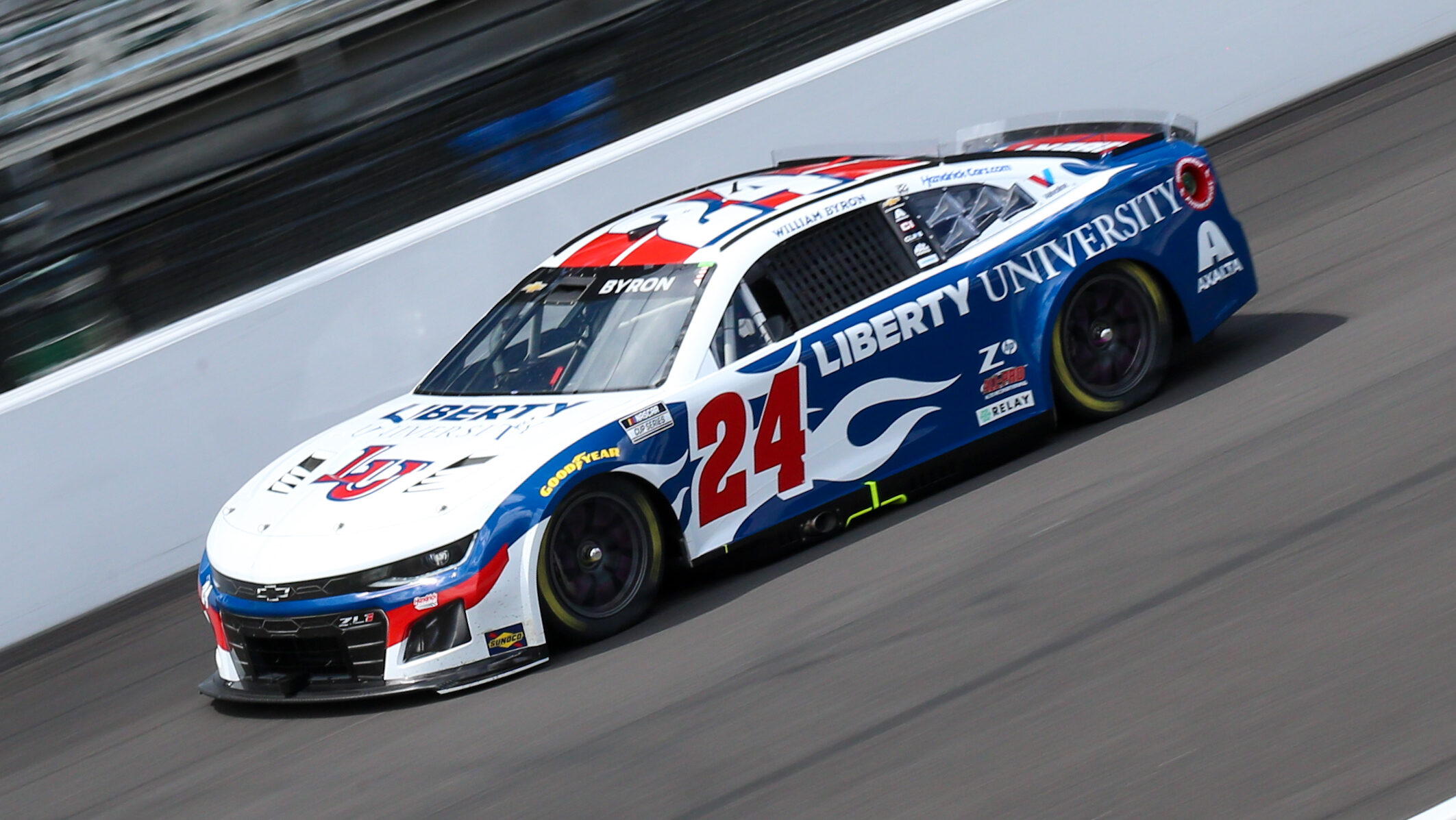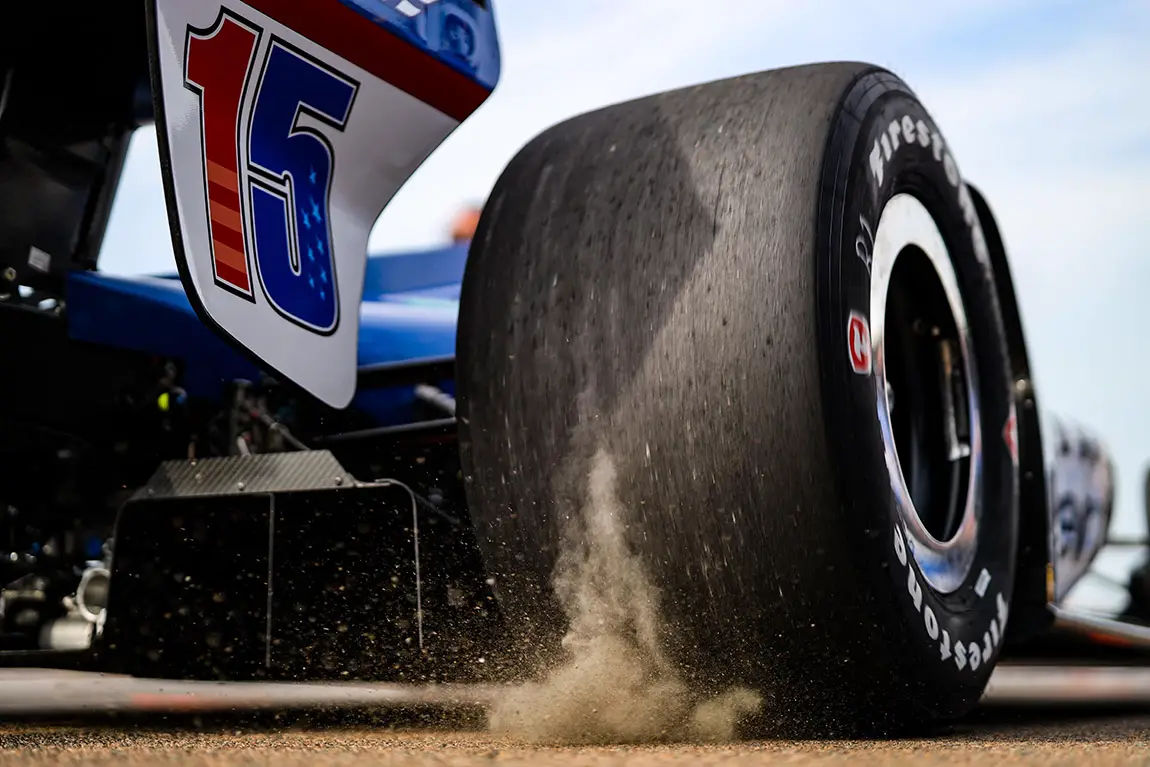
Editor’s note: Welcome to ‘The Setup’ where we will feature a different guest leading into each race weekend for the NTT IndyCar Series to discuss some of the challenges of the event’s respective circuit, along with the technical savvy that follows.
This week, our guest is Allen McDonald, race engineer for the No. 15 Rahal Letterman Lanigan Racing Honda driven by Graham Rahal.
The 1.8-mile street circuit is made up of 14 turns (five lefts, nine rights) and runs through parts of downtown and along a section of runway of Albert Whitted Airport. There will be two practice sessions and a qualifying bout ahead of Sunday’s 100-lap (180 miles) race set for noon ET on NBC. The tire allotment from Firestone will equip each team entry with six sets of primary (black sidewall), four sets of alternate (red sidewall), and five sets of rain (gray sidewall).
Additionally, there are 150 total seconds of push-to-pass with a maximum single duration lasting 15 seconds. The push-to-pass is not available on the initial start or restart unless it occurs in the final two laps or three minutes of a timed race. The single-lap qualifying record is held by Jordan King, who put down a flyer at 107.914 mph (1 minute, 00.0476seconds) on March 10, 2018 in Round 1.
Q: What’s it like preparing for a circuit like St. Pete?
Allen McDonald: First of all, it’s the first race of the season. So, obviously we got our history of the set ups of the last few years, which we rely on very heavily. We’ve all been busily working away over the winter with different ideas and things like that I think pretty well. All of the teams went to Sebring over the last couple of weeks and tested there. So, some of those ideas were good, some of those ideas are bad. The first first thing arriving in St. Pete is which of those (to use) and where to start? How many of those new ideas do you feed in? How do you feed them in? We are very fortunate this year because it’s a three-car team and I think the whole team is gelling. Like, despite the fact we’re just a three-car team, really the whole team has gelled really well over the winter. So, you know, part of our whole preparation for this week is just sharing out the new test items – who’s going to test what, who’s going to do what – so that we can arrive hopefully as a definitive way forward by the end of the first practice.
I suppose that’s the first thing, because it’s always like that the first race weekend of the year. There’s always kind of a lot of excitement because there’s all these different things that we’ve got to try and all these different ideas. And obviously, we’ve all missed racing, so there’s a lot of excitement for that. We just got to make sure we approach it with very clear heads and make sure we do the right things and choose the right things. Then, St. Pete itself is kind of its own little street course. It’s generally quite smooth actually, or it’s got quite a few sort of smooth patches or portions. But it’s got that Turn 3 onto the sort of back-straight is very, very bumpy. There’s some annoying bumps in places like on the way into Turn 9, and the fast chicane is very bumpy as well. As usual, it’s going to be a headache working with the springs and the dampers to make sure that we minimize the effect of the bumps as best we can. And then it’s got a combination of slow speed corners; really quite slow speed corners. The section out back, what we call Turn 4 to Turn 9, there’s a lot of change direction. So the car’s got to sort of grip and carve very well. You’ve just got to rush into corners. There’s a lot going on with the sort of balance of the car that’s got to be worked on. It’s got that sort of interesting change of direction, busy sections and then it’s got the high speed – Turn 2 and 3 – and out back the high speed chicane, as well, so there’s a lot to do. There’s a lot of compromises and there’s a lot of different ways of solving the puzzle. We’re looking forward to it.
Q: I imagine this happens at most places but finding the car balance seems like it would be especially challenging at a street circuit. How do you manage that knowing that one area of the track might be sacrificed for another?
AM: I think the corners onto the straights, they’re important for that time and obviously they’re important for the race. So, you know, what we call Turn 13 and 14 onto the front-straight, getting a good launch off of there is super important both in qualifying and the race. Then, that the little sort of switchback, Turn 1, 2, 3, getting the positioning right there so that you get through Turn 3 well. Again, very important for the race, very important for that time. And after this kind of busy section, Turn 9, again the exit of that is very important for lap time. But there’s also a lot of just pure time in between Turn 4 and Turn 9, which is more important really for qualifying than it is for the race, because no one’s going to really pass you there in the race until you get to Turn 9. Definitely for qualifying, that’s going to be a large focus for us as well, but it’s difficult to get it. That’s for sure.
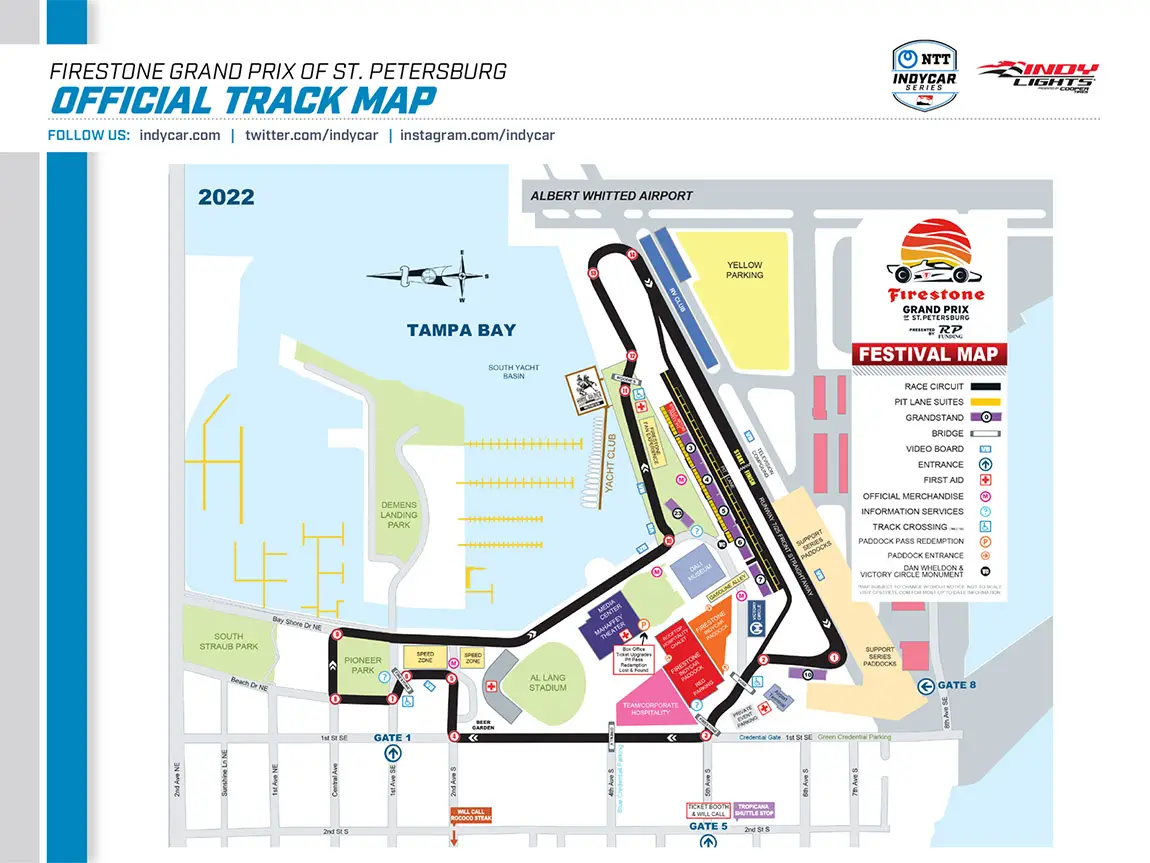
Q: Two long straightaways that are followed by heavy braking zones that are ideal points to overtake a competitor, what’s the brake pressure like there?
AM: There’s some heavy braking. The stability under braking is always important, but it’s very important in St. Pete because Turn 1, Turn 4, Turn 10and even then after the chicane in Turn(s) 13 and 14. Rear stability under braking is very important there, for sure.
Q: Usually, a track evolves over the weekend and then you throw in different tire combinations and I’m just wondering how do you manage that over the entirety of the event?
AM: Any street course, and St. Pete is definitely like this, even if other cars from other series have run on it and things, it’s going to be low-ish grip and the balance is generally gonna be loose, if you like. That’s what you really want your driver in first practice to be complaining about is a loose balance, because if he is complaining of push, it’s only gonna get worse. As the track grips up, it tends to, it’s going to push generally. So, you certainly don’t want after the first run in Practice 1 the driver to be saying, ‘I’ve got too much push.’ Because then you got your work cut out for the rest of the weekend. So really it’s kind of anticipating those changes through Practice 1, Practice 2 and into qualifying. And particularly when you go for reds (alternate tires with red sidewall) is how the balance is going to change through those sessions. There’s a few things, how the track is progressing, I suppose, which is generally going to be to an understeering balance. There’s also the fact that, you know, when we actually qualify, it’s going to be sort of early afternoon; the hottest track temperatures we’ll have seen. Certainly a lot hotter than Practice 2, which is quite early in the morning. So it’s anticipating what that change is going to do to the track. And then also, you know, the red tires and sort of trying to understand what they’re gonna do. We will have run them in Practice 2, but making sure that we’ve got that delta properly nailed in time for qualifying. And so there’s quite a few things to juggle, really. And then in the race, that one is tough because I think you can certainly have too much push in the race at St. Pete and it can definitely hurt your lap time, for sure. It can be quite a difficult thing to manage, but the last thing you want to do is wear the red tires out. So it’s a fine line for the race, for sure.”
Take a lap around the streets of St. Petersburg in an onboard with Romain Grosjean from 2021 when he drove for Dale Coyne Racing with Rick Ware Racing. (Video courtesy of Romain Grosjean’s official YouTube channel.)
